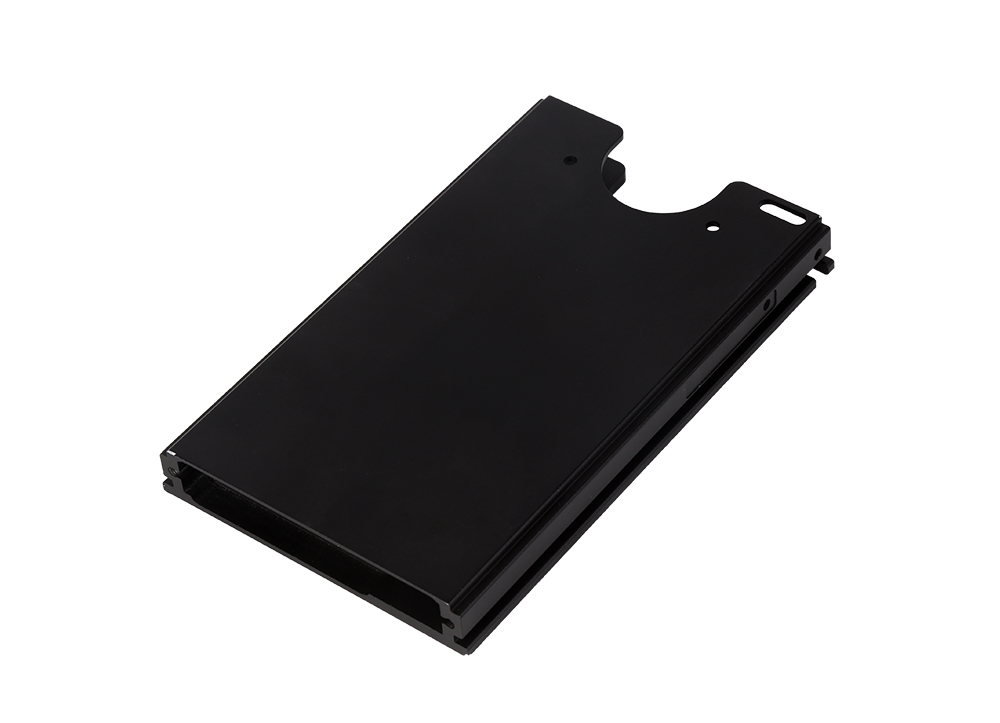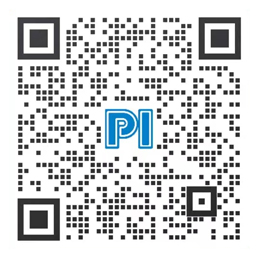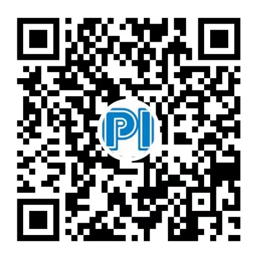Time:2022-11-25 Preview:
Thermal system design
1. Flame heating. The flame heating is mainly controlled by the enterprise gas, and is heated by natural gas burner technology or blowtorch.
2. Heating device is used for heating, and resistance heater is commonly used.
3. Mold temperature controller heating, mold preheating range: zinc alloy (150-200 °), aluminum alloy (180-300 °).
4. Device design of electric heating system: mainly through the type and number of electric heating rods to select and install the position of holes and temperature measurement holes.

Cooling system design
1. Mold cooling method
Water cooling, air cooling, cooling with high heat transfer coefficient alloy, heat pipe cooling and mold temperature control device.
2. Arrangement of cooling channel: the diameter of cooling channel is generally 6-16mm, and the clearance distance is>15mm.
3. Design and calculation of cooling channel
(1) The heat flux of liquid metal entering the die casting process is calculated.
(2) Calculate the length of the cooling channel.
The above is the introduction of die casting mold factory on how to design the mold heating and cooling system. I hope I can help you.
(2) Metallographic examination: check the shrinkage, distribution, grain size and intergranular impurities of cementite on the dislocation of the main material.
(3) Ultrasonic flaw detection is mainly used to check the internal defects and dimensions of materials.
 Related News
Related News·Analysis and elimination of common faults in high-speed electric spindle ·Several countermeasures to prevent metal stamping parts include ·One of the key factors of the correct use of aluminum alloy CNC processing equipment ·What points should be paid attention to when dragon door milling processing and installation workpie ·What are the advantages of CNC precision machining? ·Requirements for workpiece smoothness and cutting tools in CNC precision parts machining ·The emergence and development of folding CNC machine tools ·How to design the heating and cooling of metal die casting die? · Start up debugging of CNC machining center machine tools for large-scale drilling iron drilling and ·The advantages and application areas of CNC machining


